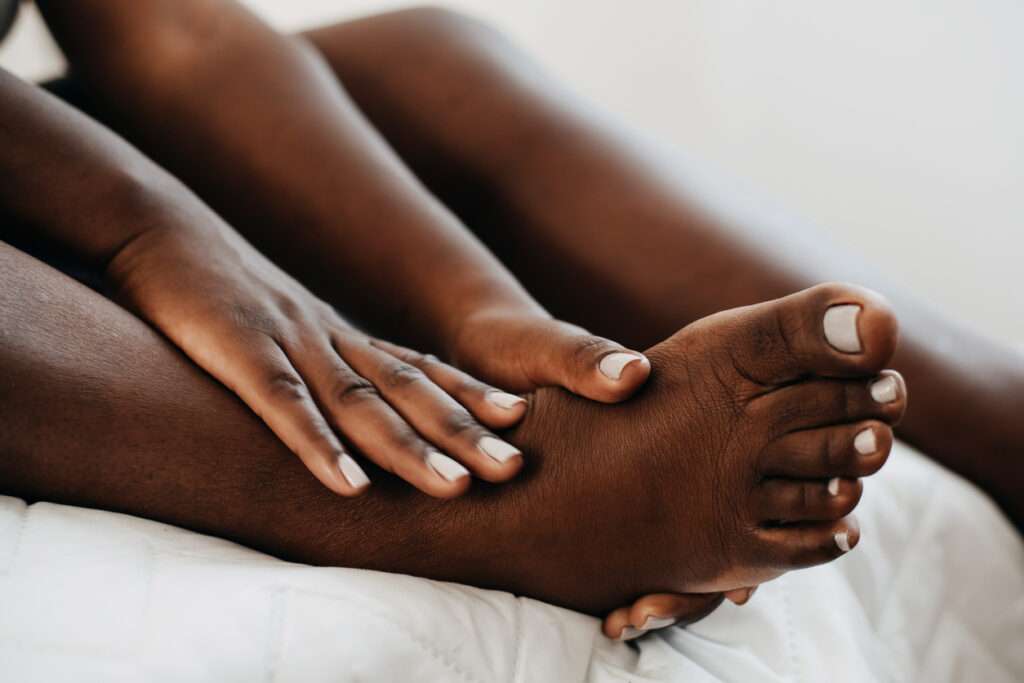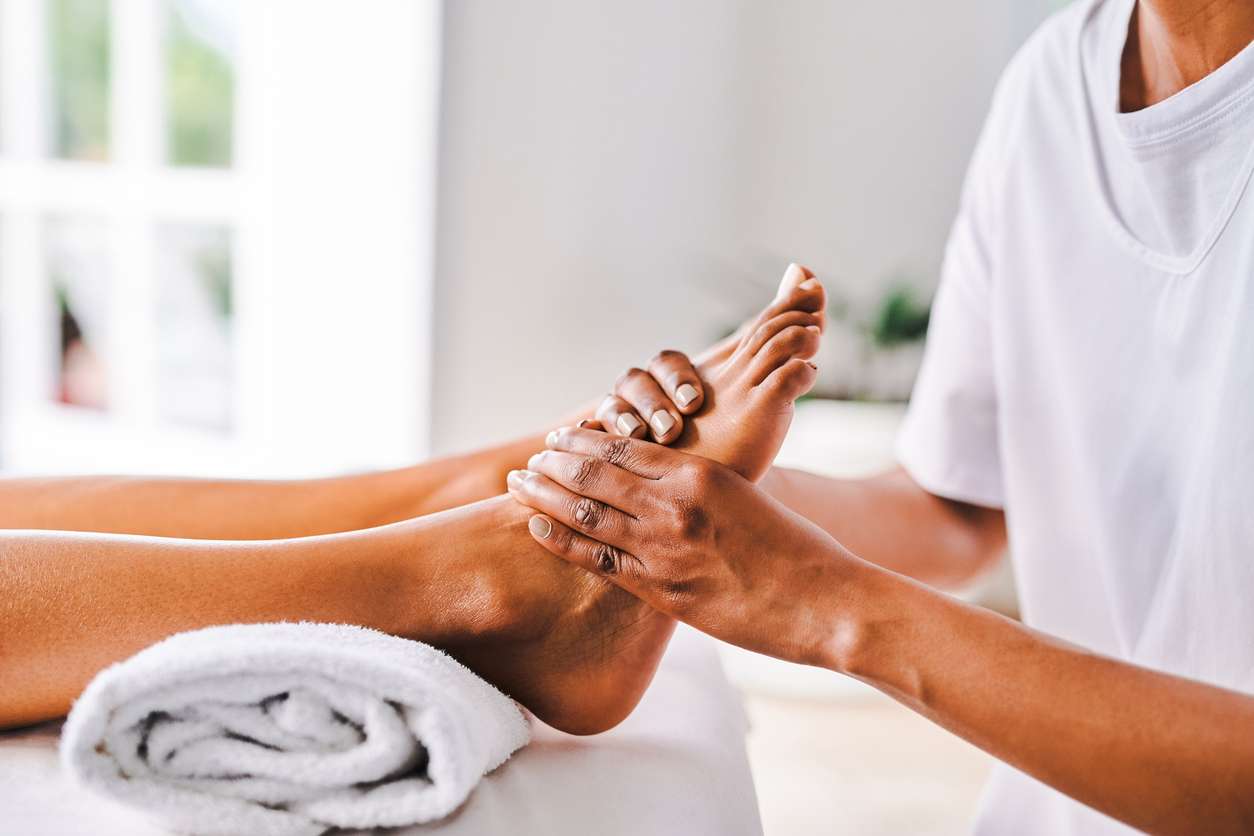Medical experts are reminding everyone that foot and ankle pain is not normal and should be addressed.
It is not normal for your feet to be in constant pain. Foot and ankle surgeons are specially trained to diagnose and treat all conditions affecting the foot and ankle, from the simple to the complex.

American College of Foot and Ankle Surgeons (ACFAS) has compiled a handy list of some of the more common reasons for foot and ankle pain, as well as suggestions for what you can do to feel better:
- Shoes: From high heels to flip flops, some popular shoe styles can create painful foot and ankle issues. Choose shoes that cushion and support the foot to prevent pain as well as to provide stability, helping you avoid falls and acute injury. And be sure that your shoes fit correctly. Footwear that’s too large can rub the skin, causing blisters and sores, while a snug fit can aggravate bunions and hammertoes.
- Overuse: Physical activities like playing a sport, working out at the gym or even exercising at home can lead to overuse injuries such as Achilles tendonitis, plantar fasciitis, bursitis, Morton’s neuroma and stress fractures. You can help prevent overuse injuries with the right footwear and by ramping up training slowly. If you experience pain, take time off to rest until you see your foot and ankle surgeon for proper diagnosis and treatment. It’s the best way to get healthy and get back into the game.
- Acute injury: Ankle sprains, broken toes, metatarsal fractures and other acute injuries can happen to anyone, but athletes who participate in high-impact sports, like running, soccer and basketball, and those with low bone density are particularly susceptible. These conditions should be treated immediately.
- Arthritis: Because the foot contains 26 bones and more than 30 joints, it’s a common site of osteoarthritis, a painful and disabling condition characterized by the breakdown and eventual loss of cartilage in joints. A foot and ankle surgeon may prescribe nonsurgical treatments such as NSAIDs, orthotics, bracing, steroid injections or physical therapy. When osteoarthritis has progressed substantially or failed to improve with nonsurgical treatment, surgery may be recommended.
- Pregnancy: Prenatal foot pain is common due to increased weight, foot instability and changes in foot size. Wear wider shoes, if needed, to avoid ingrown toenails and to alleviate pain caused by pregnancy-related swelling. Putting your feet up whenever possible, stretching and wearing wide, comfortable, supportive shoes can also ease edema-related discomfort and pregnancy-related arch pain.
- Diabetes: There are many diabetes complications associated with feet, including neuropathy, which can involve numbness and pain, muscle weakness and loss of balance, or dry feet and cracked skin. Diabetic neuropathy is a serious condition that also is associated with ulcers, which can easily become infected. Treating diabetic neuropathy involves controlling blood sugar levels, inspecting feet daily, and integrating your foot and ankle surgeon into your diabetes care team.
- Pediatric foot pain: Pain in a child’s foot or ankle is never normal and there is no such thing as “growing pains.” Your child’s pain could be caused by common pediatric conditions such as flatfeet, ingrown toenails, plantar warts and sports injuries. A child experiencing pain that lasts more than a few days or is severe should be examined by a foot and ankle surgeon.
By: StatePoint (Edited by d-mars.com)








